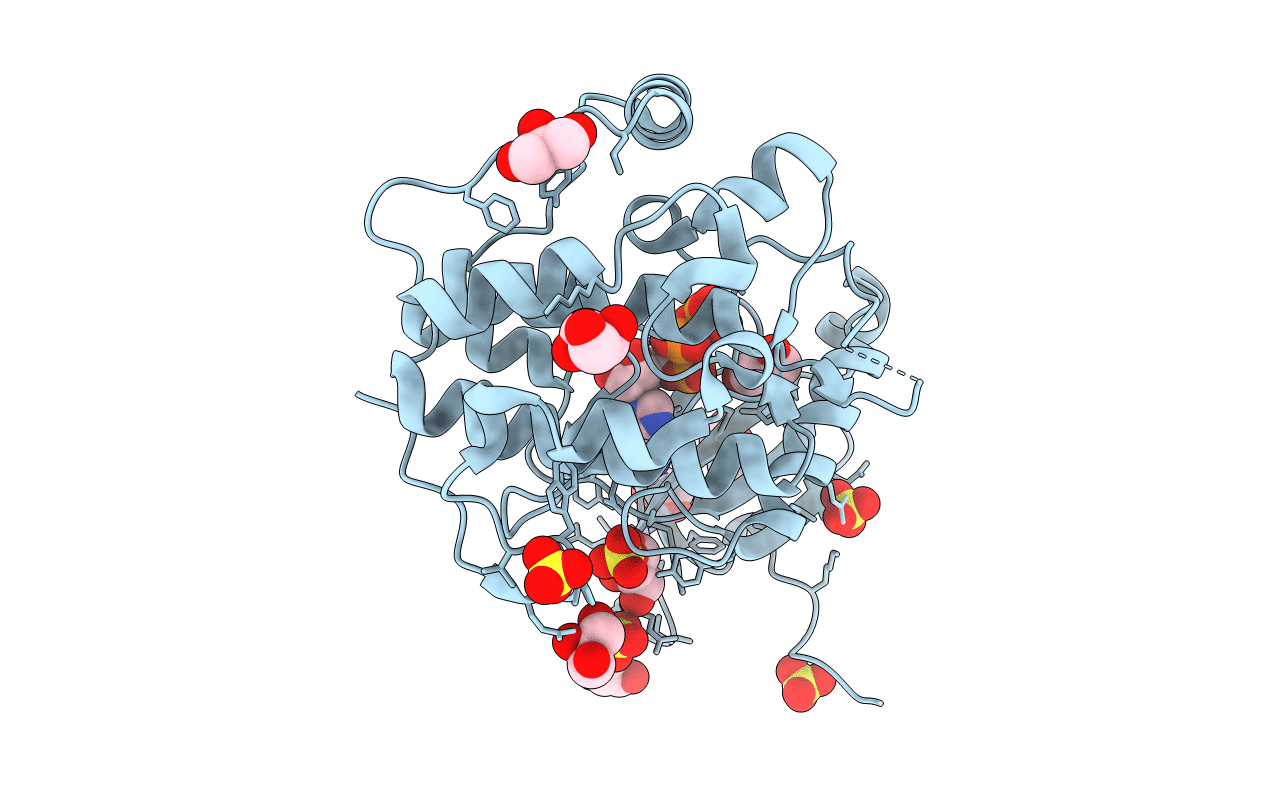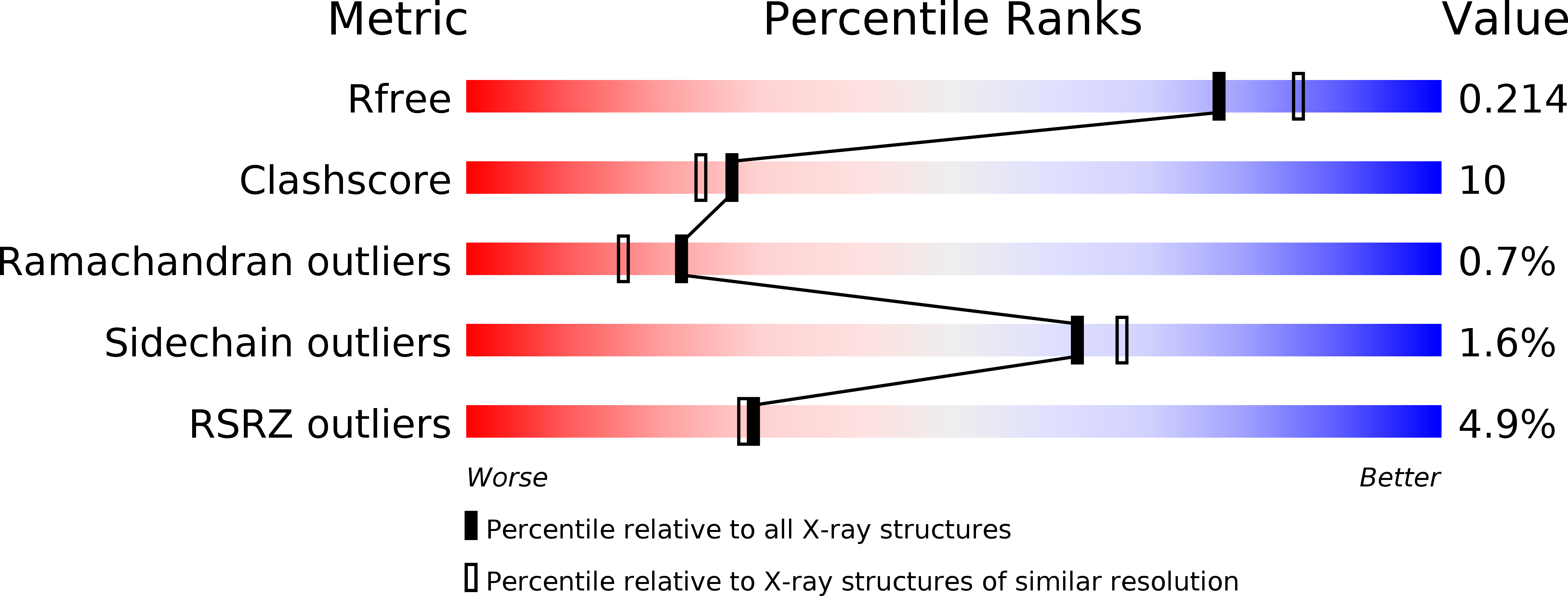
Deposition Date
2002-07-23
Release Date
2003-07-17
Last Version Date
2024-11-13
Entry Detail
PDB ID:
1H1W
Keywords:
Title:
High resolution crystal structure of the human PDK1 catalytic domain
Biological Source:
Source Organism:
HOMO SAPIENS (Taxon ID: 9606)
Host Organism:
Method Details:
Experimental Method:
Resolution:
2.00 Å
R-Value Free:
0.22
R-Value Work:
0.19
R-Value Observed:
0.19
Space Group:
P 32 2 1


